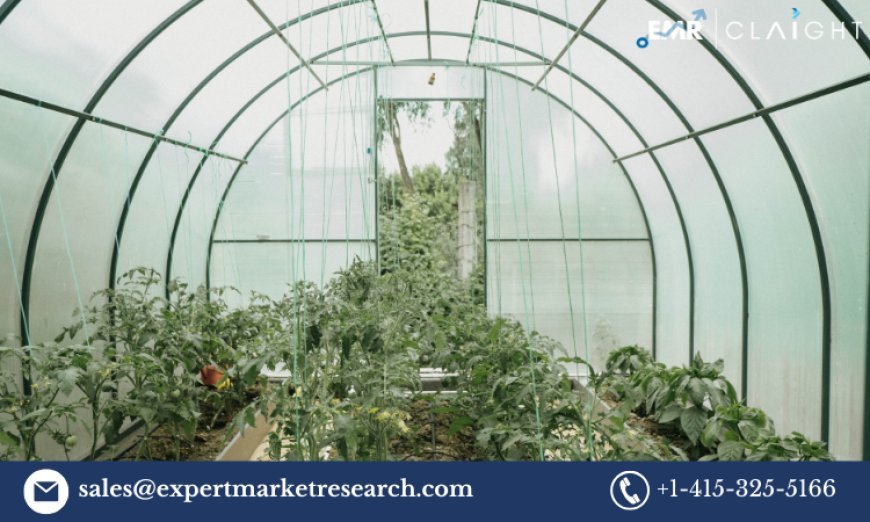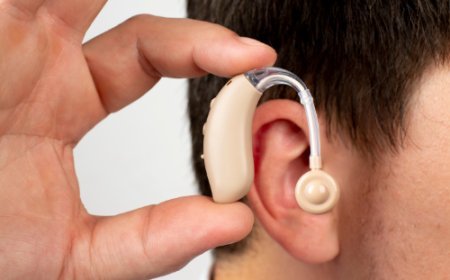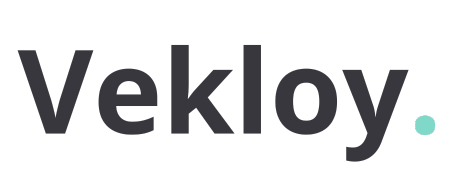Smart Greenhouse Market: Growth, Trends, and Future Outlook 2025-2034

A smart greenhouse market is an advanced farming technique that leverages technology to optimize plant growth conditions. It integrates various automated systems, including climate control, irrigation, and monitoring, to enhance efficiency and productivity. The growing demand for sustainable agricultural practices and the increasing adoption of IoT and AI-driven farming solutions are key drivers propelling the smart greenhouse market forward. Smart greenhouses provide a controlled environment that reduces dependence on traditional farming methods, making them an ideal solution for addressing global food security challenges.
Market Size
The smart greenhouse market reached approximately USD 1.97 billion in 2024. Driven by technological advancements and a rising focus on efficient food production, the market is expected to expand at a CAGR of 10.1% between 2025 and 2034. By 2034, the market value is projected to reach around USD 4.69 billion, highlighting its significant growth potential. The increasing demand for fresh produce, coupled with limited arable land and water scarcity issues, is expected to accelerate market expansion. Additionally, advancements in automation and sensor technologies are further boosting adoption rates among commercial and research-based greenhouse operators.
Market Trends
Several trends are shaping the smart greenhouse market:
- Integration of IoT and AI: These technologies enhance precision farming by monitoring environmental parameters in real-time. AI-driven analytics help optimize growth conditions, reducing resource wastage and maximizing crop yield.
- Increased Use of Hydroponics: Soil-less cultivation methods are gaining popularity due to their high yield potential and resource efficiency. Hydroponic systems enable year-round farming, ensuring continuous supply irrespective of seasonal variations.
- Sustainable Farming Practices: With growing concerns about climate change and resource depletion, smart greenhouses offer a sustainable solution for food production. Energy-efficient LED lighting, automated irrigation, and water recycling systems are key sustainability features.
- Government Initiatives and Subsidies: Many governments worldwide are promoting smart agriculture by providing financial incentives and support programs. In developed regions, policies aimed at reducing agricultural carbon footprints are driving investment in smart greenhouse solutions.
- Advancements in Climate Control Systems: Modern HVAC and sensor-controlled ventilation systems allow precise regulation of temperature and humidity, creating optimal growth environments for diverse crops.
Get a Free Sample Report with Table of Contents
Market Opportunities and Challenges
Opportunities:
- Growing Demand for Organic and Locally Grown Produce: Consumers are increasingly prioritizing organic foods, boosting the demand for controlled-environment farming.
- Advancements in Automation and AI: The development of AI-powered farming solutions provides opportunities for increased efficiency and reduced labor costs.
- Expansion in Emerging Markets: Countries in Asia Pacific and Latin America present untapped potential for smart greenhouse adoption. Rapid urbanization and changing dietary preferences are fueling investments in high-tech agriculture.
- Rising Investments in AgTech Startups: Venture capital funding in AgTech startups focusing on smart greenhouse solutions is expanding, leading to more innovation and accessible solutions for small and mid-sized growers.
Challenges:
- High Initial Investment Costs: Setting up a smart greenhouse requires substantial capital, which may deter small-scale farmers. The costs associated with automated systems, sensors, and climate control technologies can be prohibitive.
- Technical Knowledge Requirements: Farmers need training to operate advanced automated systems effectively. Lack of expertise and awareness about available solutions hinder market penetration in certain regions.
- Energy Consumption Concerns: Smart greenhouses rely heavily on energy, raising concerns about operational costs and sustainability. The integration of renewable energy sources such as solar panels is being explored as a potential solution.
- Regulatory Hurdles: Compliance with agricultural and environmental regulations varies across regions, posing challenges for international market expansion.
Market Segmentation
Breakup by Type:
- Hydroponics
- Non-Hydroponics
Breakup by Component:
- HVAC Systems
- LED Grow Lights
- Irrigation Systems
- Sensor and Control Systems
- Valves and Pumps
- Others
Breakup by End-User:
- Commercial Growers
- Research and Educational Institutes
- Retail Gardens
- Others
Breakup by Region:
- North America
- Europe
- Asia Pacific
- Latin America
- Middle East and Africa
Market Growth
The smart greenhouse market is experiencing rapid growth due to increasing demand for controlled-environment agriculture. Adoption rates are particularly high in regions with extreme weather conditions, where traditional farming is less viable. The market’s expansion is also fueled by the rising number of commercial growers investing in automation to improve yield and reduce operational costs. The implementation of AI-powered analytics for predictive maintenance and crop monitoring is further enhancing efficiency. Additionally, advancements in biotechnology are enabling customized greenhouse solutions tailored to specific crops and climatic conditions.
Market Forecast
Between 2025 and 2034, the smart greenhouse market is expected to grow at a CAGR of 10.1%, reaching a valuation of USD 4.69 billion by 2034. Technological innovations, growing concerns over food security, and the expansion of hydroponic farming are expected to drive this growth further. North America and Europe are anticipated to dominate the market, while Asia Pacific is likely to emerge as a key growth region. Increased funding from agricultural research institutions and government agencies is likely to drive adoption rates. Furthermore, the rise of urban farming initiatives in densely populated cities is anticipated to fuel demand for smart greenhouses.
Competitor Analysis
The smart greenhouse market is highly competitive, with several key players investing in technological advancements and strategic partnerships to gain a competitive edge. Some of the major companies in this sector include:
- Heliospectra AB: Specializes in LED lighting solutions for controlled-environment agriculture. The company is known for its adaptive light spectrum technology, which enhances plant growth and energy efficiency.
- Certhon Build B.V.: Focuses on innovative greenhouse construction and automation technologies. Their solutions integrate AI-driven climate control and robotic systems for optimized crop production.
- Synnefa: A key player in IoT-based smart greenhouse solutions. Their platforms provide real-time monitoring and predictive analytics to improve yield outcomes.
- Nexsel Tech Pvt Ltd: Develops AI-driven climate control and automation systems for greenhouses. Their technology enables precise environmental adjustments to optimize crop growth cycles.
- Argus Control Systems Limited: Provides advanced environmental control solutions for precision farming. The company specializes in automation software that integrates climate, irrigation, and nutrient management.
- Greentech Organic Hydroponics Systems Mfrs: Specializes in hydroponic systems tailored for commercial growers. Their products focus on resource efficiency and sustainability.
- Netafim Ltd: A leading provider of irrigation solutions, including smart greenhouse drip irrigation systems. Their innovative water management systems enhance productivity while conserving water resources.
- Phonetics Incorporated (Sensaphone): Offers remote monitoring and control systems for greenhouse applications. Their solutions help greenhouse operators prevent crop loss by detecting environmental fluctuations in real time.
What's Your Reaction?




























































